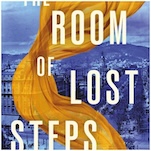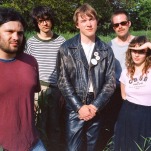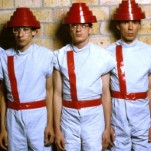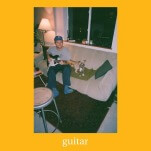How the Experience Institute Is Transforming Higher Education
Photos courtesy of Experience InstitutePursuing a master’s degree was a plan shoved aside when Victor Saad considered the variables: too expensive. Too many textbooks. Too many white walls.
But he didn’t exactly quit on school. Instead, he completed 12 different apprenticeships in the next 12 months. An endeavor he called “The Leap Year Project.”
In just one year, Saad documented a family-owned clothing company’s production process in China. Organized Thanksgiving dinner on Skid Row in L.A. Told positive stories of change during the Arab Spring. Led an artist-in-residency program at a farm in Costa Rica called La Choza del Mundo, a place founded by four NASA scientists with the goal of assisting and inspiring people to work toward human innovation and big ideas.
In a way, that’s what Victor Saad does now himself. After his 12 months of apprenticeships, Saad made it his mission to make sure other people could design their education through experience, too. He developed a program called the Experience Institute (EI)—a new form of higher education, and a new way to learn. Saad calls it a cross between “Harvard and the Amazing Race.”
-

-

-

-

-

-

-

-

-

-

-

-

-

-

-

-

-

-

-

-

-

-

-

-

-

-

-

-

-

-

-

-

-

-

-

-

-

-

-

-








































